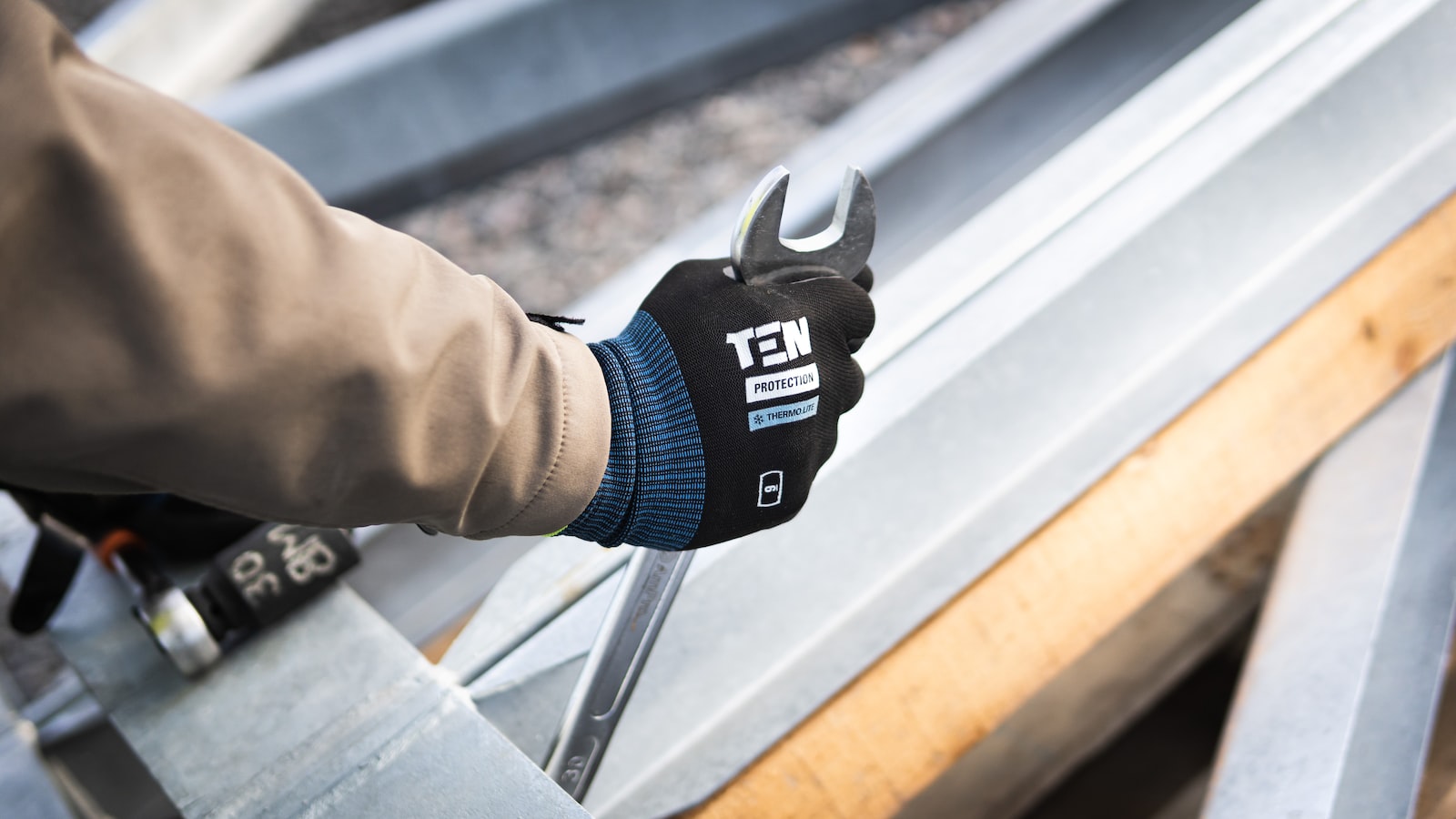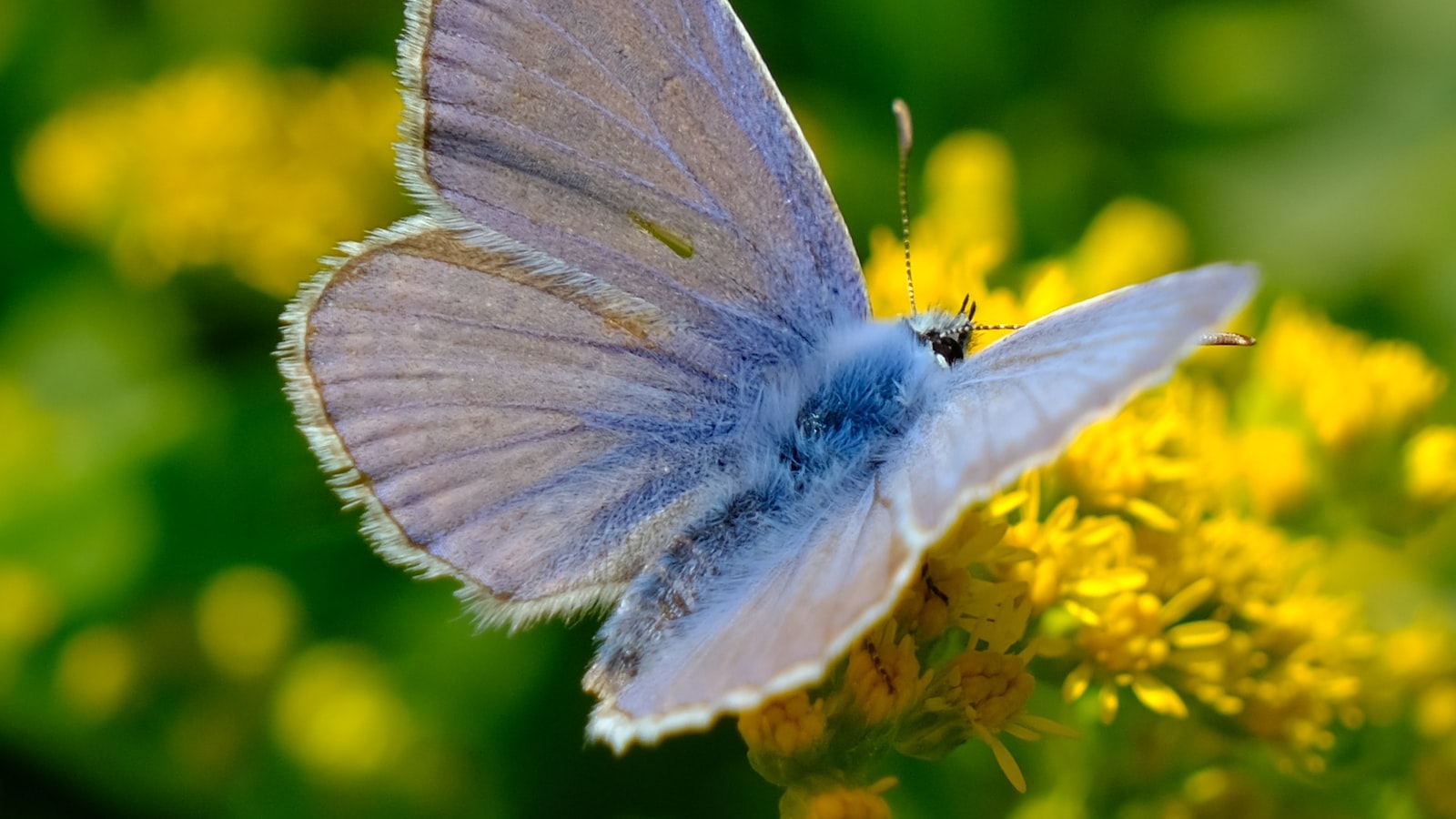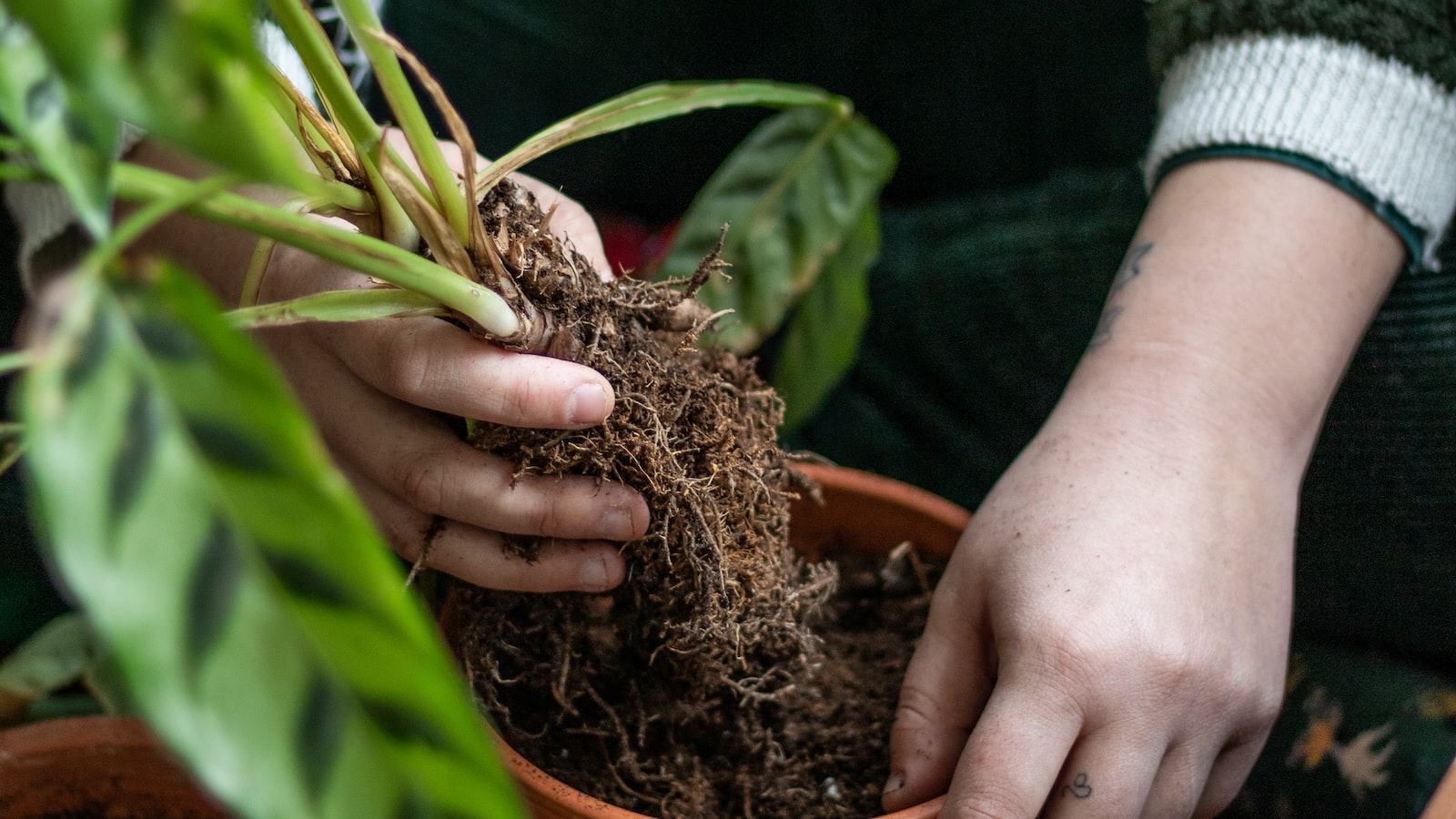Floating delicately with vibrant hues and gracefully attracting awe-struck gazes, butterfly bushes serve as enchanting additions to any garden. These magnificent plants, with their mesmerizing ability to lure vibrant butterflies, have captivated the hearts of nature enthusiasts and gardening aficionados alike. Yet, for those seeking to nurture and cultivate the growth of these captivating beauties, the question arises: When is the best time to transplant a butterfly bush? Delve into the realm of botanical knowledge as we unravel the mysteries surrounding this delicate process, allowing your green thumb to dance harmoniously with nature’s vibrant wonders. Discover the opportune moment to embark on this horticultural journey, ensuring the seamless transition of your beloved butterfly bush and eternal delight in the fluttering ballet it shall summon forth.
Getting the Timing Right: Transplanting a Butterfly Bush in the Ideal Season
Are you ready to give your garden a fresh new look with a transplanted butterfly bush? Timing is everything when it comes to transplanting these beautiful shrubs, and in this post, we’ll help you determine the ideal season to make this move. By understanding the best time to transplant a butterfly bush, you’ll ensure its successful establishment in its new location, allowing it to thrive and delight you with its vibrant colors.
So, when is the perfect time to undertake this delicate operation? Generally, the best seasons for transplanting a butterfly bush are spring and fall. These periods provide the most favorable conditions for the bush to recover from the transplantation process and adjust to its new surroundings. In spring, aim for transplanting before new growth emerges, while in the fall, it’s best to do it before the first frost hits.
Features to Consider:
| 1. Temperature: | Choose a day when the temperature is mild, ideally between 50°F and 70°F. |
| 2. Moisture: | Make sure the soil is slightly moist, neither too dry nor too wet. |
| 3. Sun Exposure: | Find a location that offers the right amount of sunlight for your butterfly bush, usually full sun or light shade. |
Tips for Successful Transplantation:
| 1. Prepare the New Location: | Before digging up your butterfly bush, ensure the new spot is well-prepared with loosened soil and proper drainage. |
| 2. Prune and Dig Carefully: | Trim the bush back by one-third to reduce stress during transplantation and dig a wide, shallow hole around the root ball. |
| 3. Water and Mulch: | Immediately water the newly transplanted bush thoroughly and apply a layer of mulch around it to retain moisture and discourage weeds. |

Understanding the Butterfly Bush’s Growth Pattern and Dormancy Cycles
The growth pattern and dormancy cycles of the butterfly bush are fascinating and understanding them is crucial for successful transplantation. This beautiful flowering shrub goes through distinct growth phases throughout the year, and recognizing these cycles will help determine the optimal time for transplanting.
In spring, the butterfly bush emerges from its dormancy phase and begins to grow new shoots and leaves. This is a period of rapid growth and development, as the plant prepares for its blooming season. During the summer months, the butterfly bush reaches its peak, displaying an abundance of vibrant, fragrant flowers that attract butterflies and other pollinators. It is essential to avoid transplanting during this time, as the plant’s energy is focused on growth and flowering.
As autumn arrives, the butterfly bush enters its dormant phase. The leaves turn yellow or brown, and the plant’s growth slows down significantly. This period is ideal for transplanting, as the shrub is not actively growing, making it less prone to transplant shock. Prior to transplanting, it is recommended to prune the butterfly bush to reduce its overall size and ensure a successful move. Remember to water the plant thoroughly before digging it up, which will help minimize root damage and stress during transplantation.
| Features | Tips |
|---|---|
| Stunning, fragrant flowers | Transplant during the dormant phase |
| Attracts butterflies and pollinators | Prune the plant before transplanting |
| Easy to grow and care for | Water thoroughly before digging |
is key to determining the best time for transplanting. By recognizing the phases of rapid growth, blooming, and dormancy, you can plan the transplantation process effectively. Remember to choose the dormant period, prune the shrub, and water it adequately before moving it to its new location. With proper care and timing, your butterfly bush will flourish in its new home, bringing beauty and attracting colorful visitors to your garden.
Recommended Techniques for Transplanting a Butterfly Bush with Minimal Stress and Maximum Success
Transplanting a butterfly bush can be a delicate process that requires careful planning to ensure minimal stress and maximum success. Choosing the right time to transplant is crucial for the health and survival of the plant. Luckily, there are recommended techniques that can help you achieve a successful transplant with ease.
One of the best times to transplant a butterfly bush is during the dormant season, which typically occurs in late winter to early spring. This period provides the plant with enough time to establish its root system before the onset of the growing season. Additionally, it is important to keep in mind the following features and tips to further enhance your chances of success:
| Features/Tips | Description |
|---|---|
| Bush Size | Transplant smaller-sized butterfly bushes as they tend to have a higher survival rate compared to larger ones. |
| Root Ball Preparation | Ensure the root ball is adequately sized and compacted to prevent damage during the transplanting process. |
| Location Selection | Choose a new location that provides the butterfly bush with ample sunlight, well-drained soil, and sufficient space for growth. |
By following these recommended techniques and considering the provided features and tips, you can successfully transplant your butterfly bush without causing unnecessary stress to the plant, ensuring its healthy growth and vibrant blooms. Remember, a little extra care during the transplanting process can go a long way in encouraging the overall well-being of your butterfly bush.

Essential Care Tips After Transplanting a Butterfly Bush for Optimal Establishment
<p>Transplanting a beautiful butterfly bush can be a rewarding experience, but it requires careful planning and proper care to ensure its optimal establishment in its new environment. When it comes to determining the best time to transplant a butterfly bush, the ideal period is during early spring or late autumn when the plant is dormant. This allows it to adapt to its new location without the stress of extreme temperatures.</p>
<p>Once you have successfully transplanted your butterfly bush, it is crucial to follow these essential care tips for its optimal establishment:</p>
<table>
<tr>
<th>Tips for Successful Transplanting</th>
<th>Features</th>
</tr>
<tr>
<td>1. Water</td>
<td>• Keep the soil moist but not waterlogged to encourage root growth</td>
</tr>
<tr>
<td>2. Sunlight</td>
<td>• Ensure the butterfly bush receives at least 6-8 hours of direct sunlight daily</td>
</tr>
<tr>
<td>3. Mulching</td>
<td>• Apply a layer of organic mulch around the base to retain moisture and suppress weed growth</td>
</tr>
</table>Frequently Asked Questions
Q: When should I plan to transplant my butterfly bush?
A: Ah, the delicate dance of relocating your beloved butterfly bush! The best time to transplant this enchanting shrub is during its dormant stage in late winter or early spring. Here’s why: when the temperatures are mild and the bush is taking a break from its foliage frenzy, it’s more resilient and adaptable to change.
Q: Can I transplant my butterfly bush during the summer?
A: While the summer may seem like a tempting season to bring your butterfly bush to greener pastures, hold your pruning shears! Truth be told, the summer sun can be quite harsh, leaving our winged friends vulnerable during this period. To ensure the survival and success of your butterfly bush transplant, it’s best to avoid the summer heat and opt for a more forgiving season.
Q: Is there any danger in transplanting my butterfly bush in the fall?
A: Fall, the season of transformation and fiery foliage. As tempting as it may be to transplant your butterfly bush during this picturesque time, exercise caution. Late-season mobility poses risks, as the sudden climatic changes and impending cold temperatures can catch the bush off guard. To play it safe and bypass any unnecessary stress, it’s advisable to transplant your butterfly bush before the fall frost settles in or hold off until spring comes knocking once again. As we bid adieu to our exploration of when the optimal time to transplant a magnificent butterfly bush is, one thing remains clear – nature, ever the enchantress, holds the key. Through the lens of the seasons, we have witnessed an intricate dance of growth, bloom, and rest that guides us towards the jigsaw of transplanting. Just as a butterfly gracefully navigates the winds of change, our butterfly bush whispers a tale of metamorphosis, waiting patiently for the perfect moment when the elements align.
In this tranquil journey, we have unravelled the delicate balance between the cool whispers of spring and the warm embrace of autumn that offer our botanical companion the nurturing haven it seeks. Gently pondering the mysteries of time and nature, we have discovered that the vibrancy of spring allows our butterfly bush to establish new roots and embrace its new environment with ardor. While autumn, with its dazzling hues and gentle hush, provides a time of serenity that nourishes the plant, allowing it to settle and prepare for the coming seasons. Such exquisite harmony captured in fleeting moments; elusive, yet profoundly divine.
And so, dear gardener and lover of nature, as you embark upon the glorious endeavor of transplanting, let this journey mold your hands into the rhythm of the earth. As the gentle seasons dance, be attuned to the whispers of the winds, the songs of the birds, and the whispers of your green companions. In this dance with nature, patience becomes our ally, knowing that the best time to transplant our butterfly bush lies within the secrets of the changing seasons.
As we part ways, may your garden flourish with the grace and beauty of a butterfly in flight, and may your butterfly bush flourish, anchored in its new home, a testament to the artistry of nature and our ability to nurture and protect it.
Farewell, fellow green thumbs, and may your gardens forever flutter with the vibrancy of life.
- When to Put Weed and Feed on Lawn in Michigan - October 16, 2023
- When to Fertilize Potatoes Plants - October 16, 2023
- Can You Plant Clover in the Spring - October 16, 2023
Contents
- 1 Getting the Timing Right: Transplanting a Butterfly Bush in the Ideal Season
- 2 Features to Consider:
- 3 Tips for Successful Transplantation:
- 4 Understanding the Butterfly Bush’s Growth Pattern and Dormancy Cycles
- 5 Recommended Techniques for Transplanting a Butterfly Bush with Minimal Stress and Maximum Success
- 6 Essential Care Tips After Transplanting a Butterfly Bush for Optimal Establishment
- 7 Frequently Asked Questions

